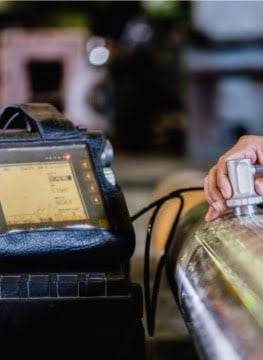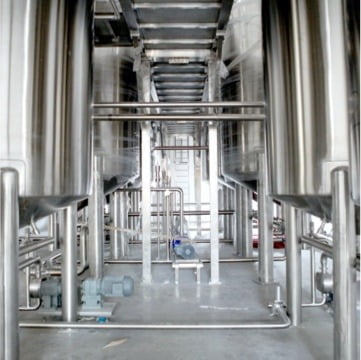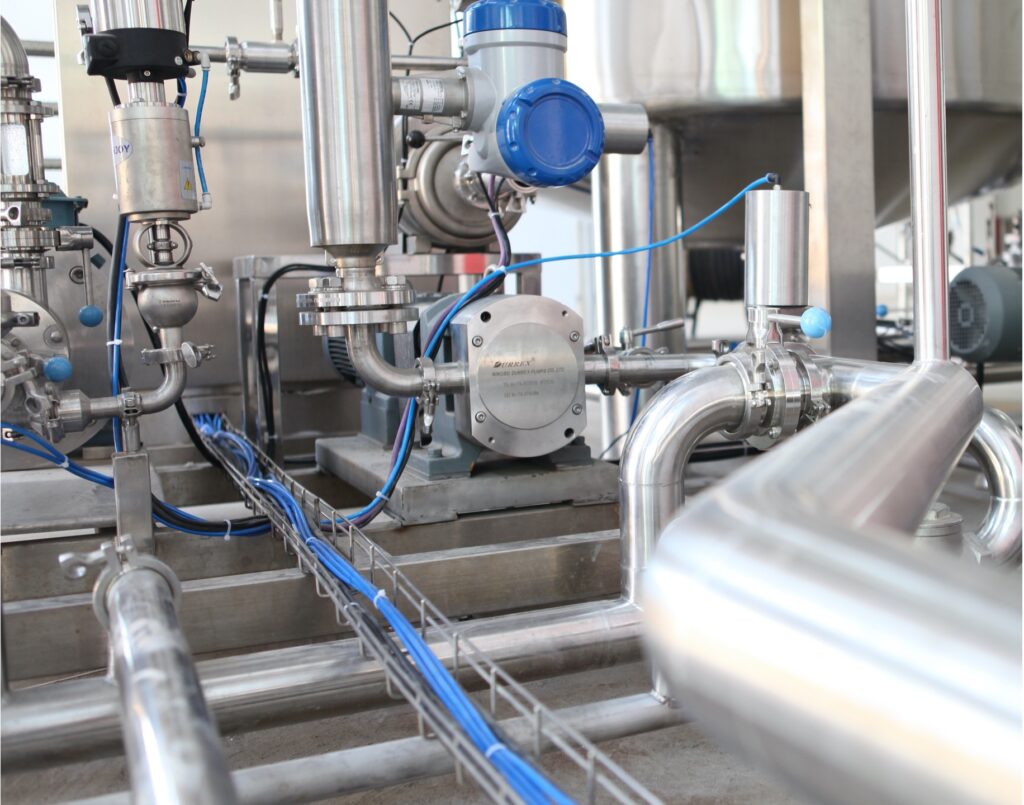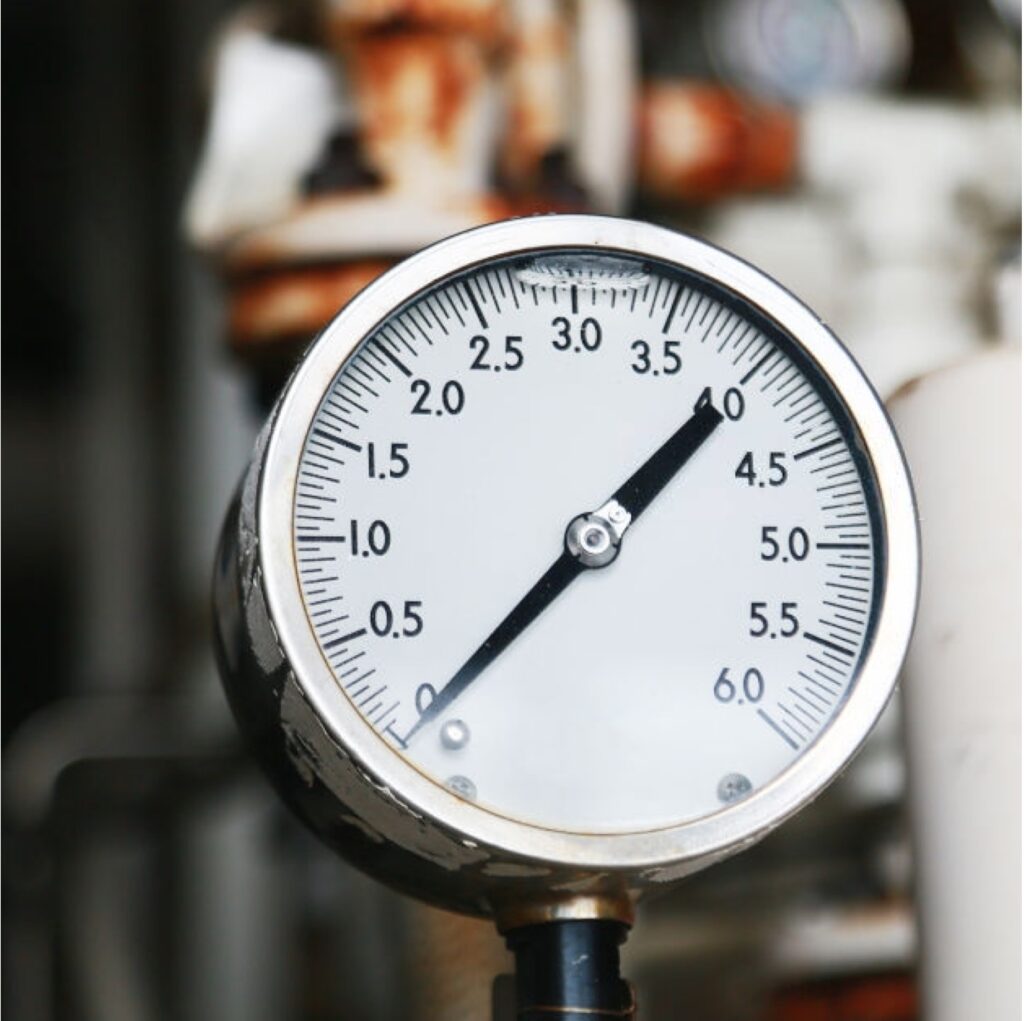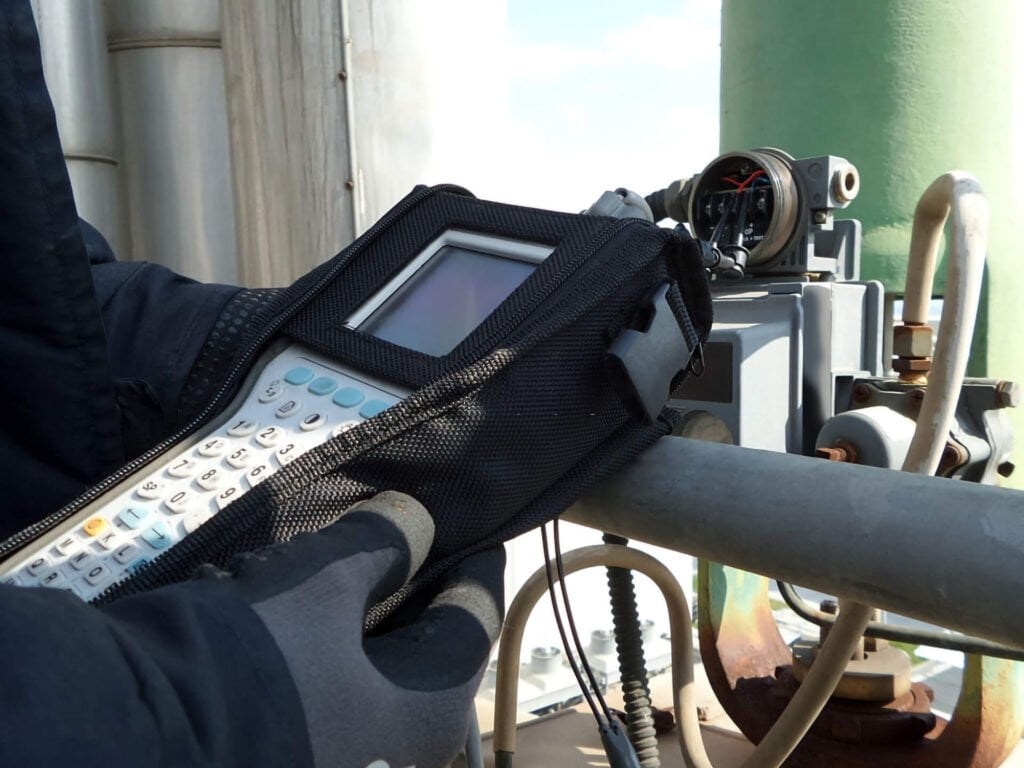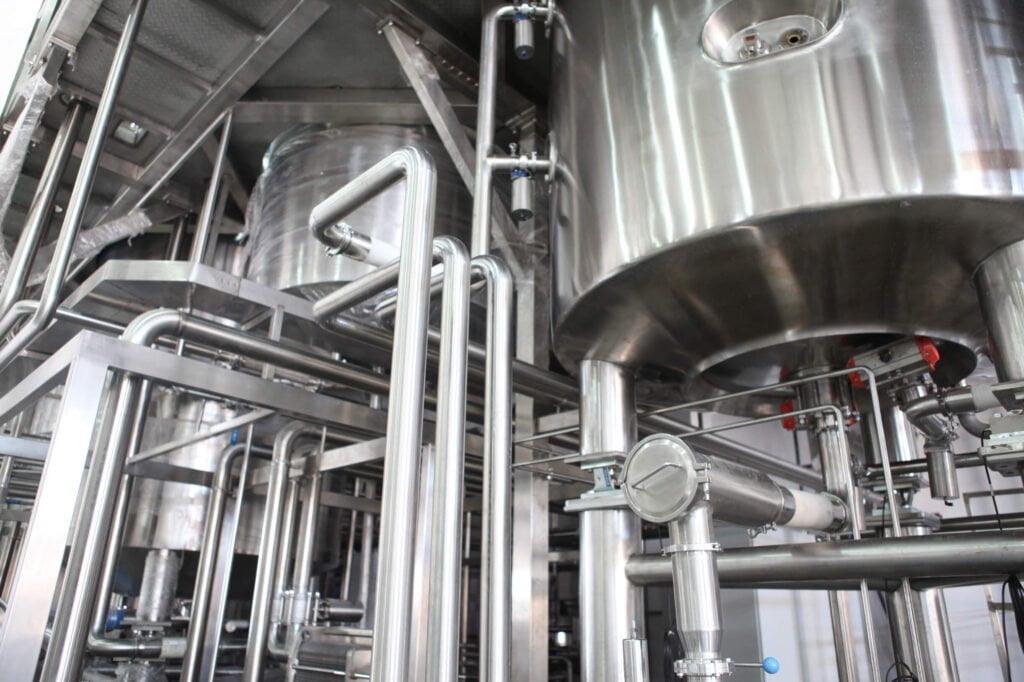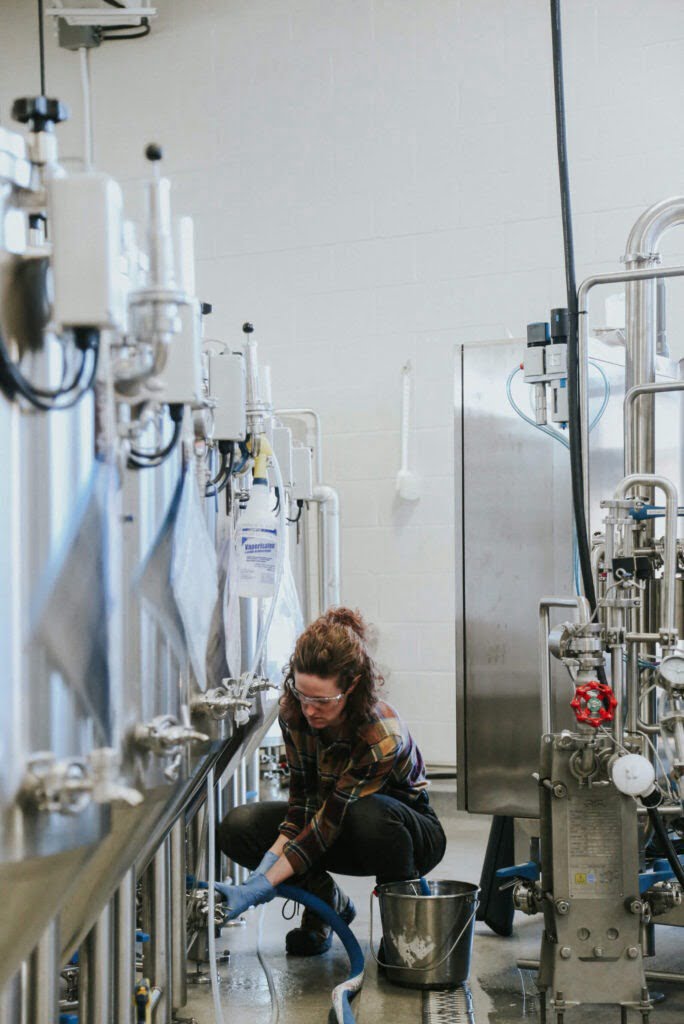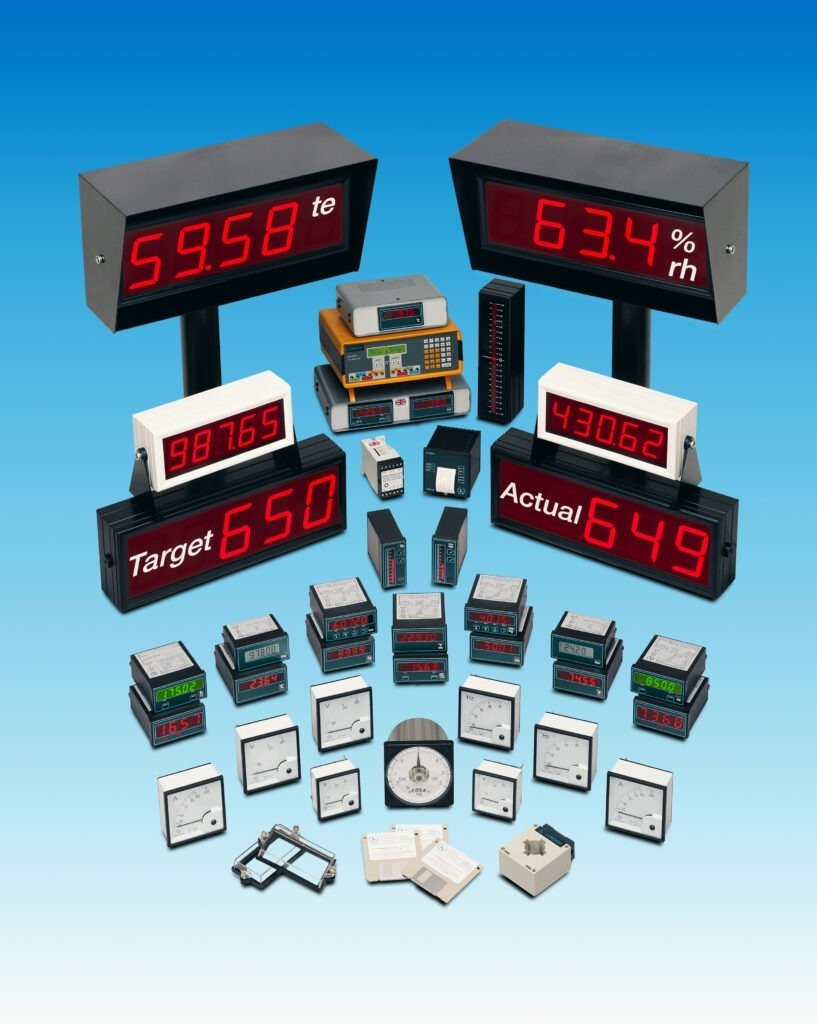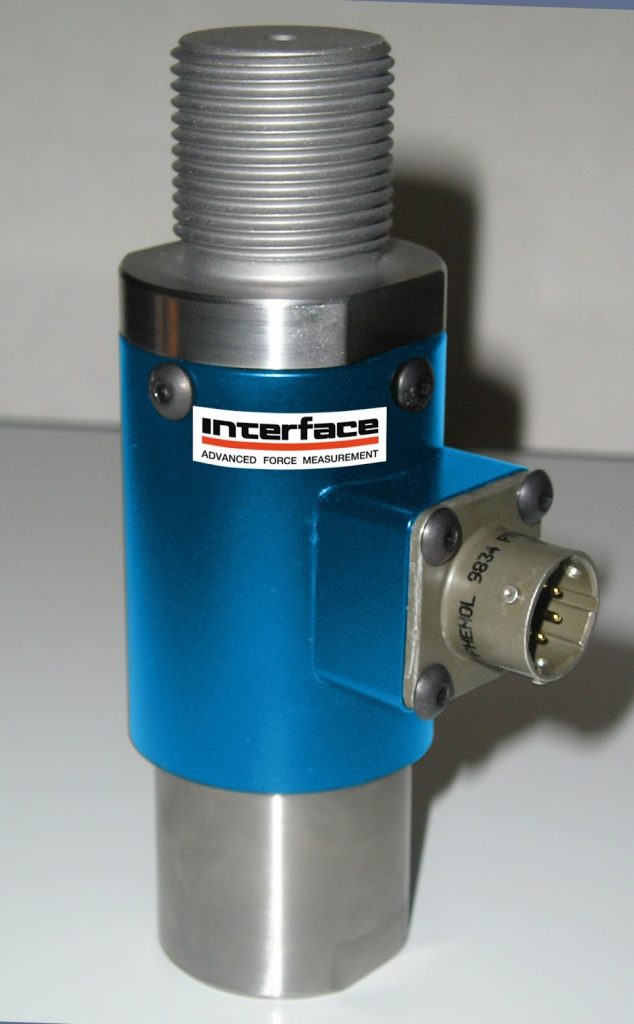
Bellofram Transducers are used for process control in valves, pneumatic relays and flow regulators. The PCD division of Marsh Bellofram designs and manufactures high-precision voltage-to-pressure (E/P), current-to-pressure (I/P), and pressure-to-current (P/I) transducers for a variety of industrial and OEM applications.
The Type 1000 Transducer from Bellofram is an electro-pneumatic device that reduces a supply pressure to a regulated output pressure diirectly proportional to an electrical input signal. The Type 1000 accepts a wide range of supply pressures ranging from a minimum of 0.2 BAR above the maximum output up to 6.9 BAR. An integral pneumatic volume booster is included in the design to provide high flow capacity up to 339 SLPM. Model selections include general purpose, NEMA 4X Type, extended range, high relief, intrinsically safe, and explosion proof.
Principle of Operation
The Bellofram Type 1000 Transducer is a force balance device in which a coil is suspended in the field of a magnet by a flexure. Current flowing through the coil generates axial movement of the coil and flexure. The flexure moves against the end of a nozzle, and creates a back pressure in the nozzle by restricting air flow through it.
This backpressure acts as a pilot pressure to an integral booster relay. Consequently, as the input signal increases (or decreases, for reverse acting), output pressure increases proportionally. Zero and span are calibrated by turning easily accessible adjusting screws on the front face of the unit. The zero adjusting screw causes the nozzle to move relative to the flexure. The span adjusting screw is a potentiometer that limits the current through the coil. A thermistor circuit in series with the coil provides temperature compensation.
Split Ranging
The 4-20 mA input, 0.2 -1 BAR output model can be recalibrated to provide 0.2 – 0.5 BAR or 0.5 – 1.0 BAR output, for split ranging applications.
Mounting
The Type 1000 transducers can be pipe, panel, or bracket mounted in any position. Positions other than vertical will require recalibration of the zero adjustment. For maximum output pressure stability, the Type 1000 should be mounted in a vibration-free location or such that vibration is isolated to the X and Z axis shown on the dimensional drawings.
Field Reversible
All Type 1000 transducers are calibrated at the factory for direct acting operation but may be used in the reverse acting mode by reversing the polarity of the signal leads and recalibrating. When calibrated for reverse acting applications, the Type 1000 transducers provide a minimum of their full rated output pressure (i.e., 1.0, 1,5 or 2.0 BAR) upon input signal failure.
Type 1000 for Extended Range
The Bellofram Extended Range I/P and E/P Transducers are based on Bellofram’s proven Type 1000 transducer line – the best selling transducers in the business. The large span adjustment range of this line allows recalibration to fit applications with output ranges from approximately 0.2-2.4 BAR to 0.2-10 BAR.
Type 1000
The units accept supply pressures up to 10.5 BAR and provide flow capacity to 677 SLPM. The Type 1000 I/P and E/P Transducers are more cost effective and more accurate than typical high output systems using transducers coupled to boosting or multiplying relays.
Type 1000 with High Relief
Expanding upon the proven accuracy, reliability, and rugged construction of the Bellofram Type 1000 General Purpose, these transducers provide extra fast “blowdown” for a very rapid release of downstream pressure. The extra relief feature makes these units suitable for cylinder return stroke actuation, air hoists, and similar applications requiring fast exhaust. These units accept supply pressures to 6.9 BAR, with output ranges from 0.07-1.2 BAR to 0.4-2.1 BAR, and provide exhaust capacities of 336 SLPM.
The Bellofram T1000 Transducer has been the go-to electro – pneumatic device for many years and AMS Instrumentation & Calibration has been supplying the transducers in its many variation for many years. Even in the current situation where pneumatics seem to be “disappearing” many units are still sold and there is a need to maintain stocks.
